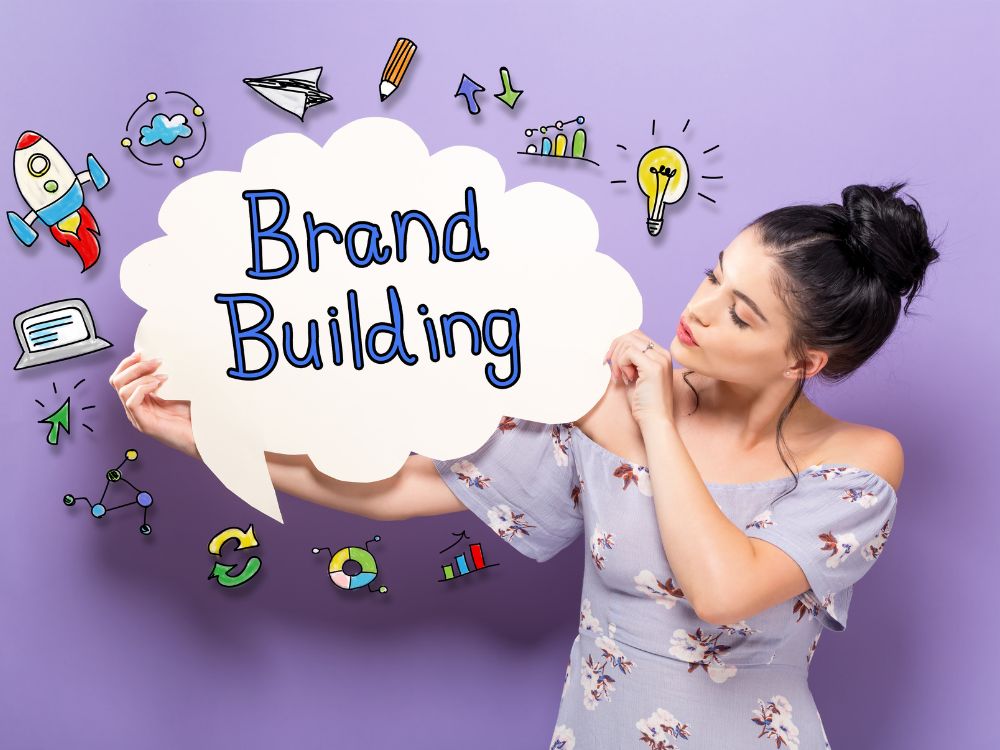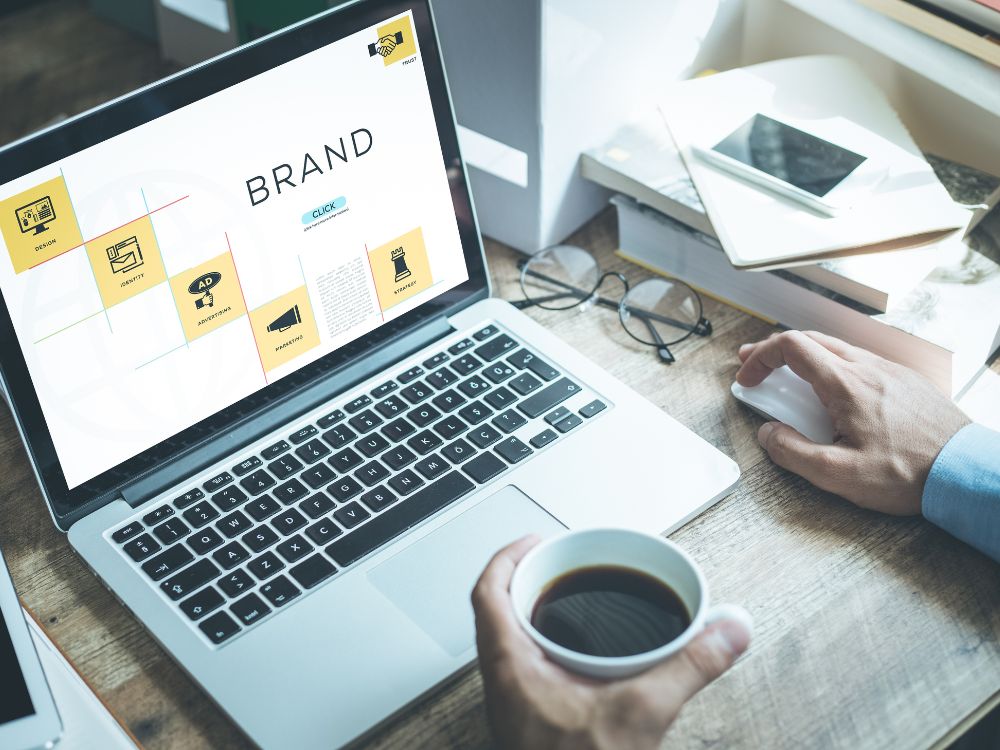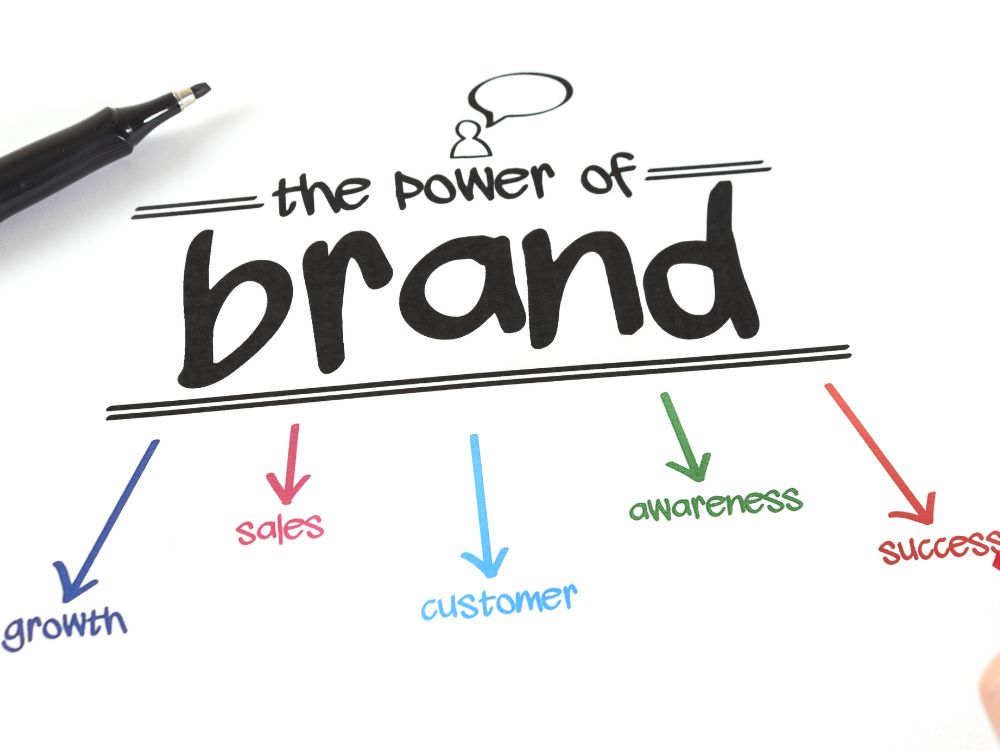
In the online world, branding is everything. The way people perceive your brand shapes their opinions, feelings, and even buying decisions about your landing page and business. But with so many web properties and digital touchpoints out there—your website, blog, landing pages, social channels, and more—consistency can easily fall through the cracks.
Before you know it, your branding starts looking disjointed. The logo here doesn’t match the colors there. Over there, your message sounds nothing like your branding voice over here. And don’t even get me started on how your Gorgeous Graphics Company website looks nothing like that outdated landing page….
It gets confusing for customers fast. And that’s how you lose trust and conversions without even realizing why. People wonder, “Is this really the same company? Do they even know what they’re doing?”

In our last article, we discussed about overusing popups and overlays – In this article, we’ll explore why nailing down branding consistency matters so much, especially for high-impact landing pages. I’ll walk you through common pitfalls that undermine brand cohesion and how to fix them. We’ll also bust myths around branding consistency efforts being restrictive or stifling creativity. Used right, brand guidelines should empower your creative genius, not limit it!
Before we dive into why consistency matters so much, let’s get clear on what brand identity means in the digital space.
Your online brand is so much more than just a logo or visuals—though those elements play a huge part. It encompasses what your business looks like, sounds like, and how it makes people feel. It shapes their gut perceptions about your expertise, trustworthiness and ability to deliver on your promises.
It transports a tightly-packaged concept of who you are.
Now, you may be thinking, “Our logo gets the point across about our landscaping business…why does all that other stuff matter?” Here’s the thing: in an oversaturated market, visual identity makes or breaks whether your message sinks in.
Without branding consistency, you fade into the background noise. But when done right? Your unique brand assets guide customers to recall YOU over competitors. That logo, paired with complementary fonts, colors and graphics works magic. Distinct yet cohesive elements make your business memorable—and memory drives action.
So what transforms a random assortment of branding elements into a memorable powerhouse that resonates with your audience? Let’s break it down.
Combine visual identity and messaging magic, consistency across touchpoints, and you’ve got a recipe for recognizable branding that leaves an imprint. Keep reading for why it’s crucial that imprint informs every landing page and ad.
Now that we’ve covered the ingredients for impactful branding, let’s zoom in on why consistency matters so much, especially in high-value touchpoints like your landing pages.
First, steady branding builds familiarity and trust with your audience.
When people recognize your logo, color scheme, fonts and other brand assets instantly, it signals credibility and professionalism. Studies show familiar brands get preferential treatment in buying decisions.
Second, consistent branding anchors the customer experience. Consumers nowadays engage with businesses across multiple channels and contexts—your social posts, a sales email, that snazzy landing page. Strong visual identity stitches those touchpoints together, telegraphing “one unified brand” instead of disjointed entities.
This branding bridge is what keeps your message sticking in the swirl of online stimuli. Someone may not recall every exact interaction, but impressions coalesce around your distinctive “look and feel.” This paves the way for emotional connections and conversions across the entire customer lifecycle.
Finally, reliable branding builds momentum that pays off exponentially. As consistency fortifies recognition and trust over time, your branding efforts keep compounding. Think of it like a visual vocabulary sinking in—your iconography, fonts, and color combos containing meaning instantly recognizable to customers. That compounds authority and conversions.
So in many ways, branding consistency fuels business growth. When done right, it’s your silent sales engine powering the whole enterprise.
Now that we’ve covered the tremendous upside of branding consistency, where can it all go wrong? The stakes couldn’t be higher for landing pages—one of the highest-value touchpoints for winning and retaining customers. Even minor inconsistencies get amplified as red flags.
Think about it this way: you’ve put meticulous effort into homepage design, ensuring colors, fonts, messaging and visuals align with your brand identity. But then prospects hit your landing page and think “Wait…what company is this? This looks totally unrelated to their slick website.”
In that bewildering moment you risk losing visitors’ trust, along with conversions. They may wonder:
And just like that, branding inconsistency casts doubt where you want assurance, raising unnecessary “scam” alarms. It reeks of sloppy attention (or outright deception) at worst. Unintentional oversight at best—but still unacceptable. What other harmful oversights might this company exhibit?
Even subtle inconsistencies make an impression, chipping away at credibility. Mismatched branding colors or fonts may seem trivial details, but customers notice the overall disjointedness. And disjointed branding fails to anchor an intuitive, confidence-building experience.
So without relentless vigilance, branding slip-ups on landing pages deflate your hard-won messaging and trust. Instead of conveying authority and seamless customer care, you sabotage conversion potential at the worst possible place.

Beyond visual branding like colors and fonts, messaging consistency also proves crucial for landing pages. We’re talking harmonized brand storytelling flowing across channels, campaigns and formats.
Just think if Mercedes ran a Facebook ad campaign centered around luxury performance autos, then directed interested prospects to a landing page slinging bargain-basement prices. Or imagine fancy restaurant messaging driving to a reservations page featuring kid’s meal combos. Mismatched brand stories like these destroy continuity.
Without messaging alignment, audiences get confused fast. It ruptures intuitive transitions in the customer journey, forcing them to consciously reconcile mixed signals. This cognitive drain can prompt frustration and bounce-backs.
Even if customers keep scrolling, the story gaps erode emotional connections. When aesthetic branding switches gears sans explanation, it feels disjointed instead of complementary. Brand messaging should build coherence, not foster disconnects.
That’s why nailing tone, voice, framing across touchpoints proves so essential. Consistency builds momentum while discontinuity disrupts it. People latch onto brands with a steady narrative rhythm and trajectory. Just think of Apple’s continual innovative streak or Dollar Shave Club’s cheeky-yet-transparent vibe.
Landing pages hold prime real estate for reinforcing signature stories…or mangling them. Don’t squander the opportunity to authoritatively answer interested prospects’ questions, backed by visuals doubling down on your brand essence. Messaging mishaps scatter that focus, so avoid tangents that dilute (or contradict) your positioning.
Of all branding faux pas, logo inconsistencies prove most damaging—and easiest to avoid. Your logo encapsulates identity. It’s quite literally your face to the world across platforms and contexts.
That face needs recognizability most. So even subtle logo variants can wreak havoc. For example, Starbucks can leverage its iconic siren logo with “Starbucks Coffee,” just “Starbucks” or even slogan variations. But tweaks beyond approved branding guidelines causes confusion.
Yet companies still end up displaying different versions across touchpoints—a simplified insignia on social media, traditional logo on the homepage, some distorted graphics on a landing page meant to match background visuals. But distortion backfires, interrupting logo recall.
Or sometimes logos inherit inconsistencies when marketing teams work in silos. Print ads sport legacy versions while web and social channels feature modern takes. These mismatches look disjointed instead of representing unified brand evolution.
The core danger remains the same: inconsistent logos across landing pages, websites, packaging etc. convey fragmented identity.
It suggests disjointed business practices instead of synchronized sophistication. People question if these disconnected presences all link to the same company or competitors trying to copycat brand equity.
Doubts multiply when visual branding shifts gears between channels just as buyers approach crucial conversion points. Maybe the website branding hit the right notes, but will inconsistent logos elsewhere unravel emerging trust at the worst moment?
Fragmented logos strain and confuse. Consistent marks streamline stickiness. Protect logo integrity across contexts, especially high-value landing pages. Use only officially approved marks so digital ecosystems all funnel back to one memorable icon representing your brand.

Beyond disjointed logos and mixed messaging, subtle branding inconsistencies also erode landing page authority. Let’s explore 10 commonly overlooked examples:
As you can see, branding consistency requires near-obsessive attention to detail. But perfectly aligned touchpoints make that effort worthwhile. Let’s explore best practices that make cohesion achievable at scale.
Preventing branding fragmentation at scale requires strategies beyond just vigilance. Let’s explore proven tactics to flawlessly align landing pages within your broader brand ecosystem:
Start with comprehensive brand guidelines – Detailed style guides codify approved visual assets from logo variations to color palettes, typography, graphical flourishes and photo filters. Study specifications and train teams on proper usage.
Audit frequently – Routinely scan new pages and campaigns against guidelines, watching for deviations. Keep checklists for easy audits examining logo, font, color, image and message compliance.
Familiarize creative teams – Ensure designers, developers and copywriters understand specifications intimately before assets reach the publishing stage. Accountability rests on their shoulders daily.
Utilize templates and content blocks – Standardized shells, sections and modular content keep new pages on-brand by default. Stop rebuilding from scratch each time.
Check rendering across devices – With responsive design, branding consistency can fracture between desktop and mobile. So thoroughly test on all key device sizes.
Designate oversight authority – Appoint managers, steering committees or brand consistency czars to govern asset usage standards.
Invest in automation – Emerging platforms can programmatically flag non-compliant assets or fix deviations through dynamic rendering. Explore options.
Routinize audits pre-launch – Add compliance checks to release workflows before new pages go live. Nip inconsistencies immediately.
With strategies like these, disciplined teams can orchestrate harmonized branding at any scale. Tighten practices until consistency becomes second nature.
Let’s address some common questions around committing to unwavering branding consistency:
Remember, discipline ensures branding works its compounding magic over time. Do it right from day one!

Let’s recap core lessons on why obsessive branding consistency proves crucial, especially on high-value landing pages:
While demands seem high for unified branding, nothing conveys dedication and professionalism more. The effort pays dividends through elevated credibility, familiarity and emotional connections with your audience. And you prevent undermining hard-won trust at the worst possible places.
Ruthlessly consistent landing pages perform better, making both first impressions and nurturing existing relationships. Don’t neglect branding rigor on one of the highest-converting channels. Consistency compounds conversions too.
Shore up fragmentation across touchpoints with tenacious attention to detail. Earn audience recognition through ironclad consistency and continue accelerating growth.
Where Creativity Meets Simplicity - Customize with Ease! Forget about Coding and Enjoy Designing Your Website.